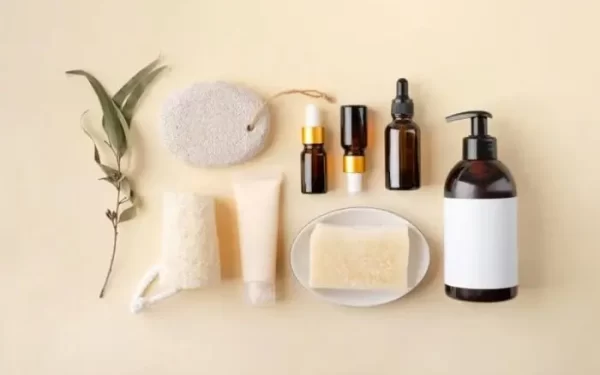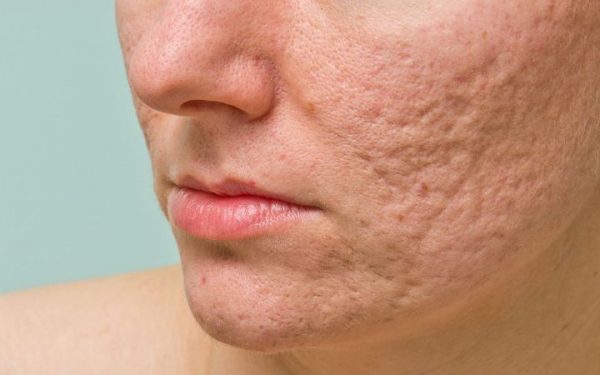Easy Steps for a Nighttime Facial Care Routine

Establishing a nighttime facial care routine is essential for maintaining healthy, glowing skin. Nighttime care is crucial because it is the time when the skin repairs itself from the daily exposure to pollutants, UV rays, and other environmental stressors.
This detailed guide will walk you through a simple yet effective nighttime skincare routine tailored to maximize skin health and radiance.
1. Remove Makeup
The first step in your nighttime routine should always be to remove any makeup. This helps prevent clogged pores and allows the skin to breathe and repair overnight.
Use a gentle makeup remover or micellar water suited to your skin type. Apply the remover to a cotton pad and gently wipe away makeup from your face and neck, ensuring you remove all traces before moving on to the next step.
2. Cleanse
Cleansing is crucial as it removes not only the remaining makeup but also the day’s buildup of oils, dirt, and pollutants. A gentle cleanser that doesn’t strip your skin of its natural oils is ideal.
For best results, massage the cleanser into your skin in circular motions for about a minute, then rinse with lukewarm water. This step helps to open the pores and prepare the skin for the following products.
3. Exfoliate (1-2 times per week)
Exfoliating is an important part of the skincare routine, but it should not be done daily as it can lead to irritation. Depending on your skin type, exfoliate 1-2 times per week with a chemical or physical exfoliant.
This step removes dead skin cells, promotes cell turnover, and enhances the skin’s texture and radiance. Always follow exfoliation with a moisturizer to prevent dryness.
4. Apply Toner
Toner helps to restore your skin’s pH balance, refine pores, and better prepare the skin for moisturizers and other products. After cleansing, apply a toner suited to your skin type. If you have dry or sensitive skin, choose an alcohol-free toner.
Apply the toner with a cotton pad or spray it directly onto your skin, then lightly pat it in with your fingertips.
5. Treat with Serum
Serums are concentrated formulations designed to target specific skin issues like wrinkles, dark spots, or dehydration.
Choose a serum that addresses your particular concerns. For example, a hyaluronic acid serum is great for hydration, while a retinol serum is beneficial for anti-aging. Apply a few drops to your face and neck, and gently massage it in until absorbed.
6. Apply Eye Cream
The skin around the eyes is thinner and more delicate than the rest of your face, so it requires special care.
Apply an eye cream to help reduce puffiness, eliminate dark circles, and prevent signs of aging. Use your ring finger to gently tap (not rub) the cream around the entire eye area, including under the eye, on the eyelid, and the brow bone.
7. Moisturize
Moisturizing is essential in a nighttime routine, as it helps to lock in hydration and aid the skin’s barrier in repairing itself overnight.
Choose a moisturizer appropriate for your skin type that contains essential nutrients and hydrating agents. Apply it evenly across your face and neck to nourish and protect your skin throughout the night.
8. Optional: Apply a Face Oil or Overnight Mask
For extra hydration, consider adding a face oil or an overnight mask to your routine. Face oils provide an additional moisture layer and are particularly beneficial for dry skin types.
Overnight masks are designed to deeply hydrate and treat the skin while you sleep, offering a more intensive skincare treatment.
Conclusion
A nighttime skincare routine is a fantastic way to ensure that your skin remains healthy and vibrant.
By following these easy steps, you can help your skin repair and rejuvenate during the night, leading to a fresher and more youthful appearance by morning. Remember, consistency is key, and regular care will yield the best results.




